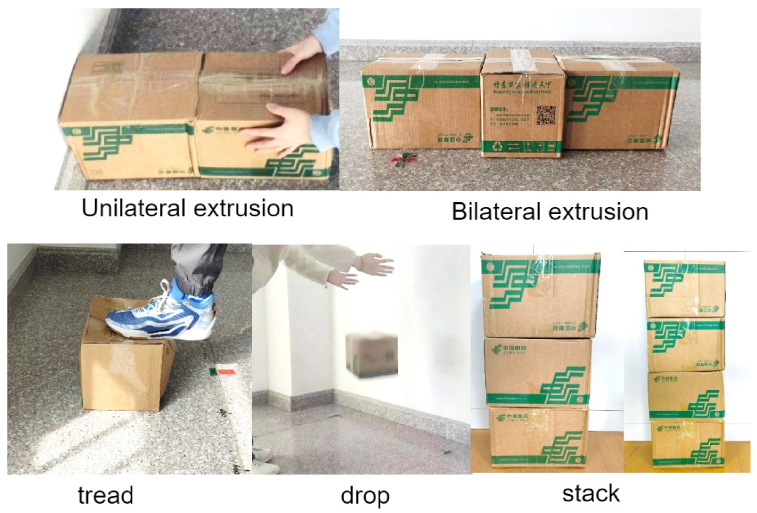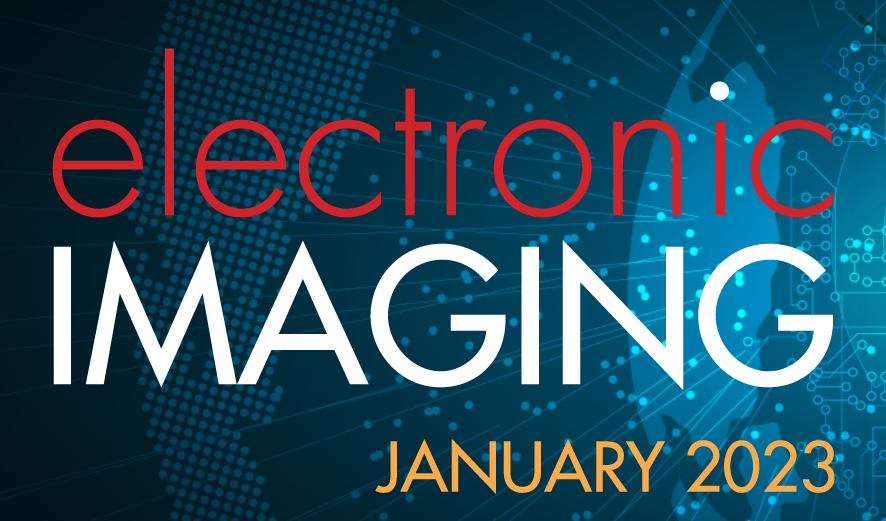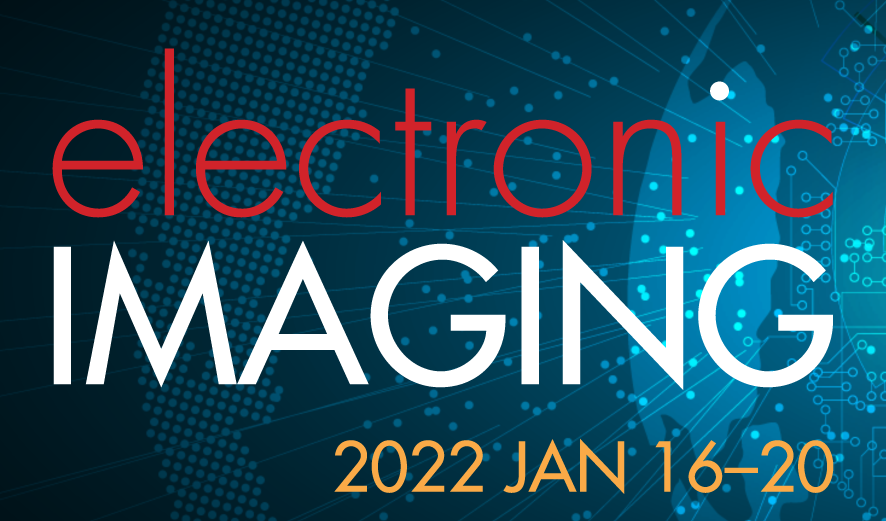
In recent years, abnormal operation behaviors in logistics have imposed significant losses and poor experiences on both enterprises and customers. Identifying diverse abnormal behaviors remains a significant challenge in this field. Therefore, it is crucial to propose an objective and quantitative monitoring and evaluation method. This paper utilizes a high-precision, compact, and low-power barometric pressure sensor to detect the internal pressure of small packages for rapid identification of logistics abnormal operation behaviors. The authors introduce a recognition fusion algorithm based on variance analysis and support vector machines (SVMs). This algorithm can identify various logistics abnormal operation behaviors, including unilateral extrusion, bilateral extrusion, treading, dropping, and stepping. The SVM model is employed to deeply learn and recognize these abnormal behaviors, achieving an average recognition accuracy of 98%. The proposed method outperforms five other methods, including Naive Bayes, by 4.9%, 2.12%, 2.76%, 4.46%, and 3.22% in detection accuracy. The shortest training time in the experiment is 2.6862 s, and the fastest classification per second can reach 3700 times. The barometric pressure sensor emerges as a promising approach for identifying logistics abnormal operation behaviors, contributing significantly to improving the current logistics security environment.

This conference on computer image analysis in the study of art presents leading research in the application of image analysis, computer vision, and pattern recognition to problems of interest to art historians, curators and conservators. A number of recent questions and controversies have highlighted the value of rigorous image analysis in the service of the analysis of art, particularly painting. Consider these examples: the fractal image analysis for the authentication of drip paintings possibly by Jackson Pollock; sophisticated perspective, shading and form analysis to address claims that early Renaissance masters such as Jan van Eyck or Baroque masters such as Georges de la Tour traced optically projected images; automatic multi-scale analysis of brushstrokes for the attribution of portraits within a painting by Perugino; and multi-spectral, x-ray and infra-red scanning and image analysis of the Mona Lisa to reveal the painting techniques of Leonardo. The value of image analysis to these and other questions strongly suggests that current and future computer methods will play an ever larger role in the scholarship of visual arts.

This conference on computer image analysis in the study of art presents leading research in the application of image analysis, computer vision, and pattern recognition to problems of interest to art historians, curators and conservators. A number of recent questions and controversies have highlighted the value of rigorous image analysis in the service of the analysis of art, particularly painting. Consider these examples: the fractal image analysis for the authentication of drip paintings possibly by Jackson Pollock; sophisticated perspective, shading and form analysis to address claims that early Renaissance masters such as Jan van Eyck or Baroque masters such as Georges de la Tour traced optically projected images; automatic multi-scale analysis of brushstrokes for the attribution of portraits within a painting by Perugino; and multi-spectral, x-ray and infra-red scanning and image analysis of the Mona Lisa to reveal the painting techniques of Leonardo. The value of image analysis to these and other questions strongly suggests that current and future computer methods will play an ever larger role in the scholarship of visual arts.

The exam of fetal well-being during routine prenatal care plays a crucial role in preventing pregnancy complications and reducing the risks of miscarriages, birth defects and other health problems. However, the conventional prenatal screening and diagnosis is conducted by medical professionals in a clinical environment, which is subject to certain limitations such as manpower, medical devices and location, time and cost of services, etc. This paper presents a new approach to detect and monitor fetal movement safely and reliably without any constrains of time, environment and cost. Unlike the conventional method, our contribution includes a novel soft sensor pad which can automatically detect fetal movement and uterine contraction nonintrusively and the robust data analysis software to monitor pregnancy health and screen abnormalities with quantitative assessment. The monitoring belt embedded with the soft sensor pad is wearable, non-intrusive, radiation free and washable. The new algorithms are robust for noise removal, feature extraction, time sequence data analysis and decision support to achieve personalized care. Both the design of soft sensor pad and functions of the belt are original and unique. The results of preliminary clinical trials demonstrate the feasibility and advantages of our prototype.

This paper addresses the problem of face recognition using a graphical representation to identify structure that is common to pairs of images. Matching graphs are constructed where nodes correspond to local brightness gradient directions and edges are dependent on the relative orientation of the nodes. Similarity is determined from the size of maximal matching cliques in pattern pairs. The method uses a single reference face image to obtain recognition without a training stage. Results on samples from MegaFace obtain a 100% correct recognition result.